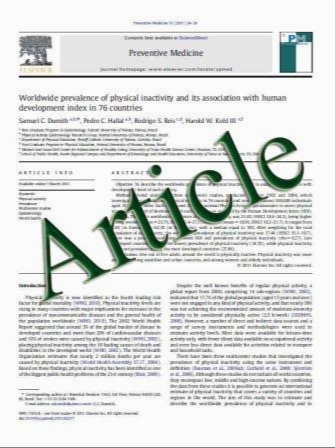Safety of zoledronic acid and incidence of osteonecrosis of the jaw (ONJ) during adjuvant therapy in a randomised phase III trial (AZURE: BIG 01–04) for women with stage II/III breast cancer
- نوع فایل : کتاب
- زبان : انگلیسی
- مؤلف : R. Coleman E. Woodward J. Brown D. Cameron R. Bell D. Dodwell M. Keane M. Gil C. Davies R. Burkinshaw S. J. Houston R. J. Grieve
- چاپ و سال / کشور: 2011
Description
The AZURE trial is an ongoing phase III, academic, multi-centre, randomised trial designed to evaluate the role of zoledronic acid (ZOL) in the adjuvant therapy of women with stage II/III breast cancer. Here, we report the safety and tolerability profile of ZOL in this setting. Eligible patients received (neo)adjuvant chemotherapy and/or endocrine therapy and were randomised to receive neither additional treatment nor intravenous ZOL 4 mg. ZOL was administered after each chemotherapy cycle to exploit potential sequence-dependent synergy. ZOL was continued for 60 months post-randomisation (six doses in the first 6 months, eight doses in the following 24 months and five doses in the final 30 months). Serious (SAE) and non-serious adverse event (AE) data generated during the first 36 months on study were analysed for the safety population. 3,360 patients were recruited to the AZURE trial. The safety population comprised 3,340 patients (ZOL 1,665; control 1,675). The addition of ZOL to standard treatment did not significantly impact on chemotherapy delivery. SAE were similar in both treatment arms. No significant safety differences were seen apart from the occurrence of osteonecrosis of the jaw (ONJ) in the ZOL group (11 confirmed cases; 0.7%; 95% confidence interval 0.3–1.1%). ZOL in the adjuvant setting is well tolerated, and can be safely administered in addition to adjuvant therapy including chemotherapy. The adverse events were consistent with the known safety profile of ZOL, with a low incidence of ONJ.
Breast Cancer Res Treat (2011) 127:429–438 DOI 10.1007/s10549-011-1429-y Received: 4 November 2010 / Accepted: 25 February 2011 / Published online: 11 March 2011 Springer Science+Business Media, LLC. 2011


